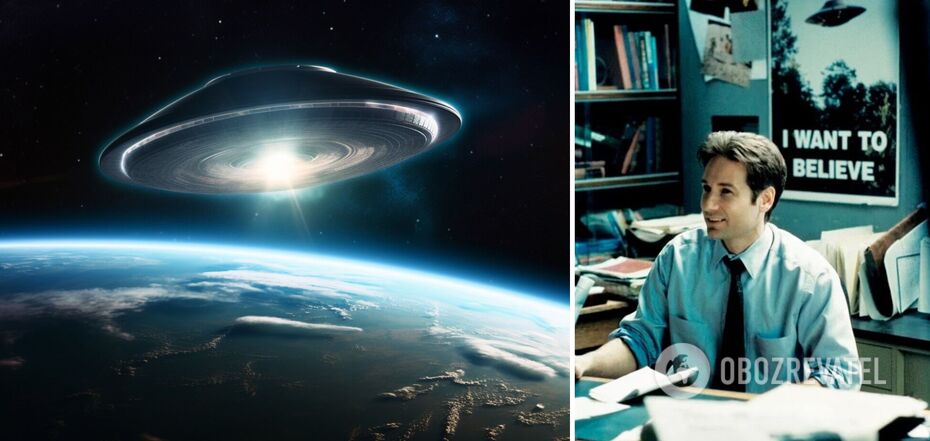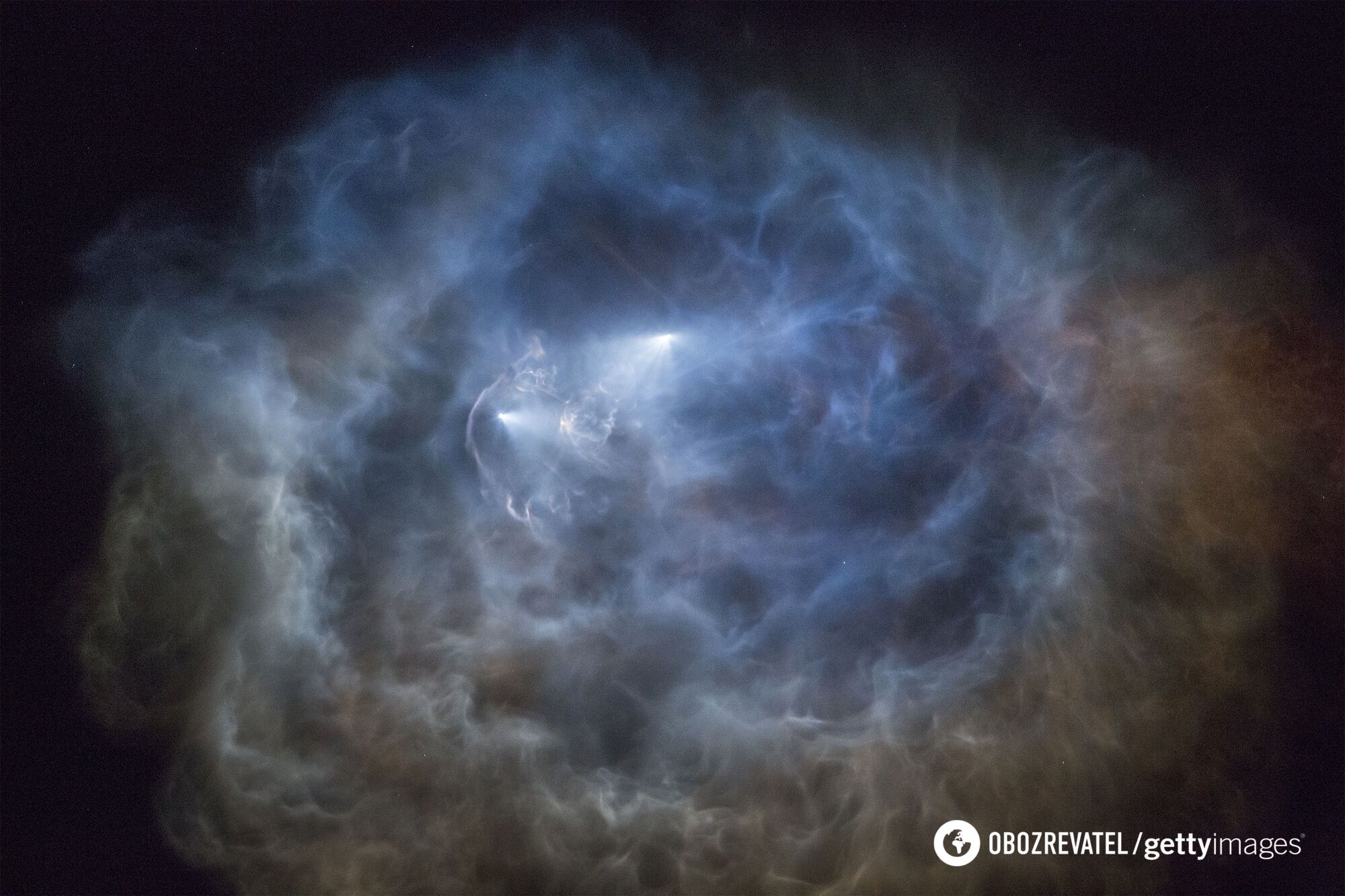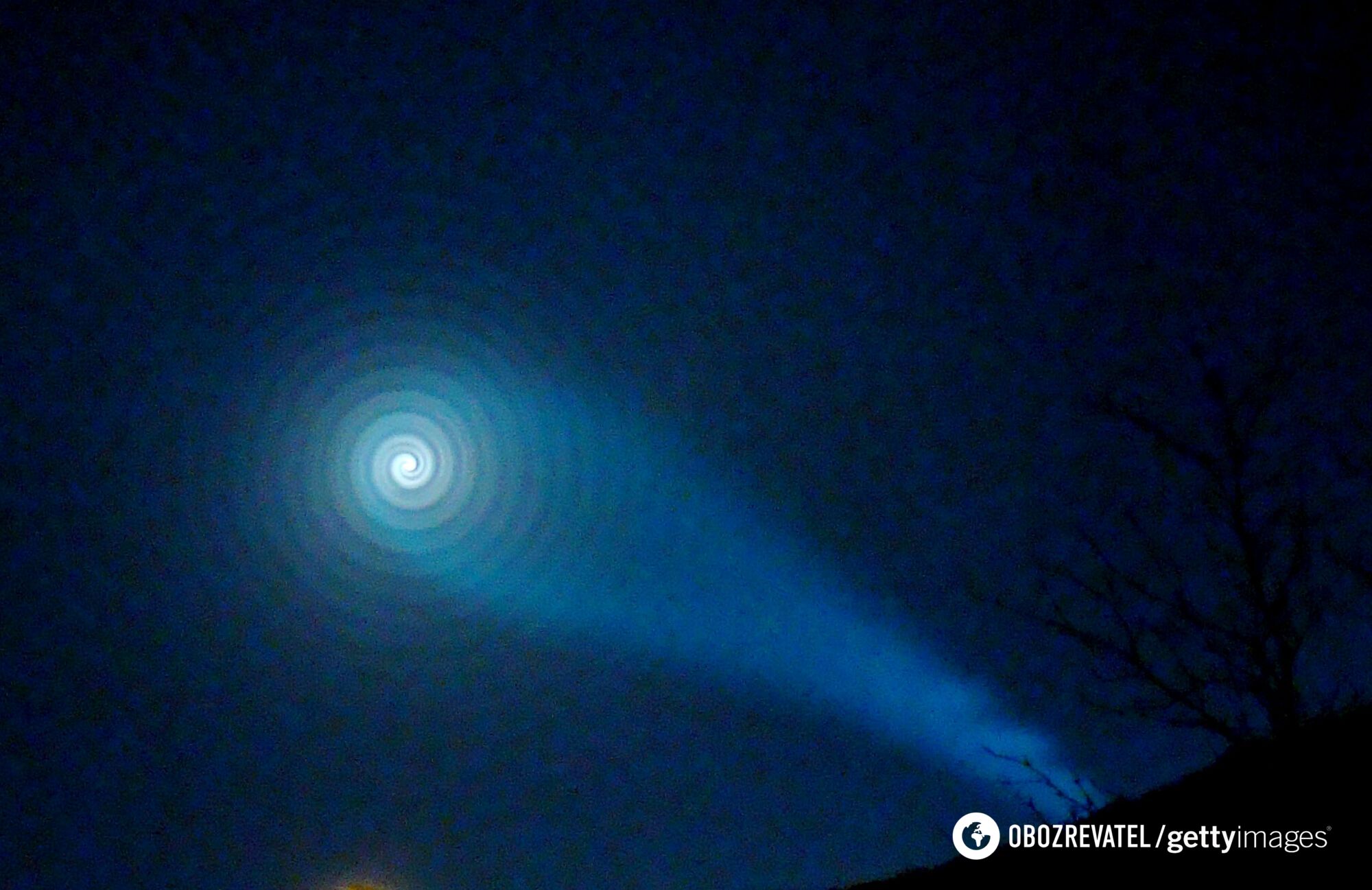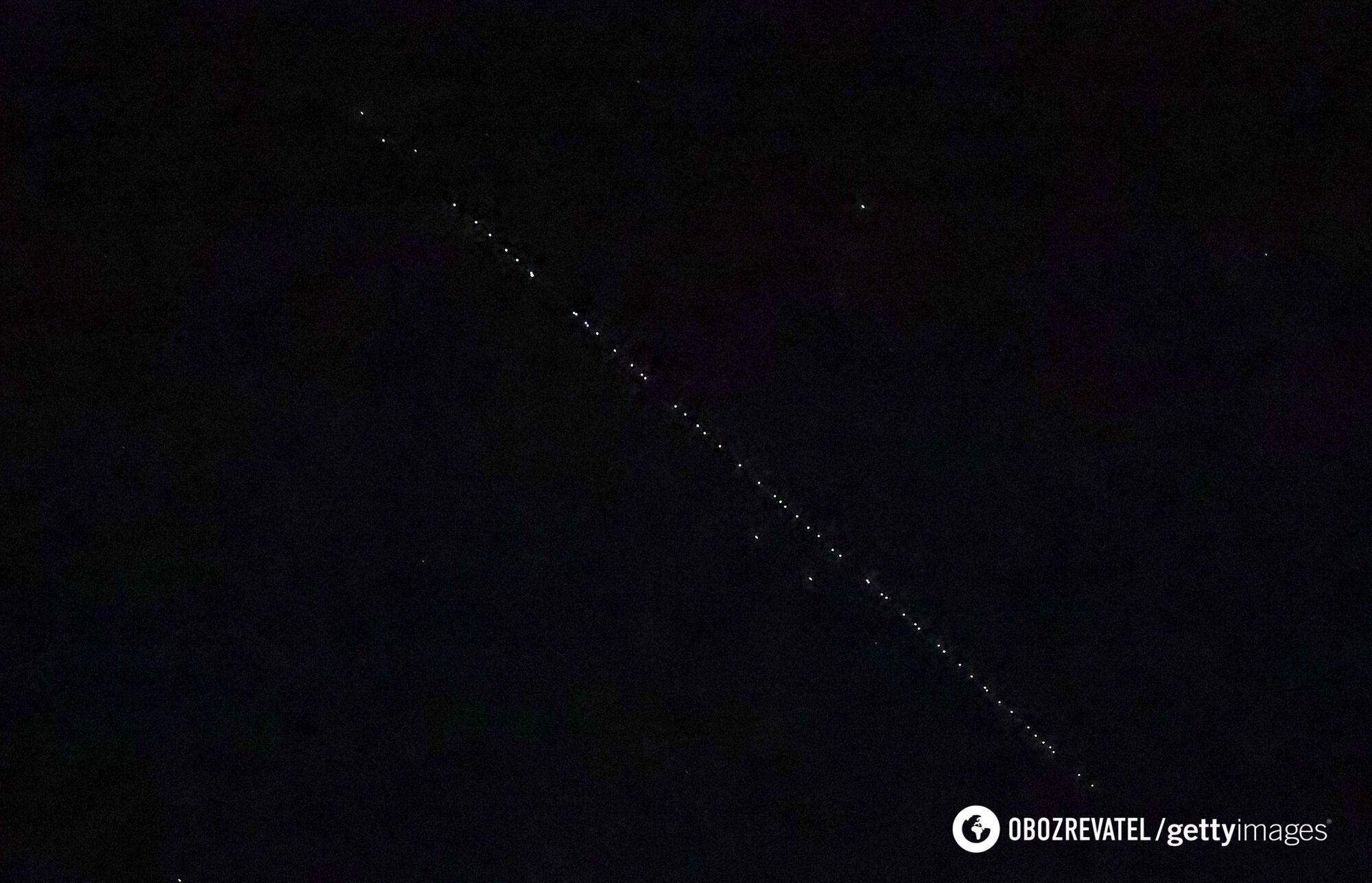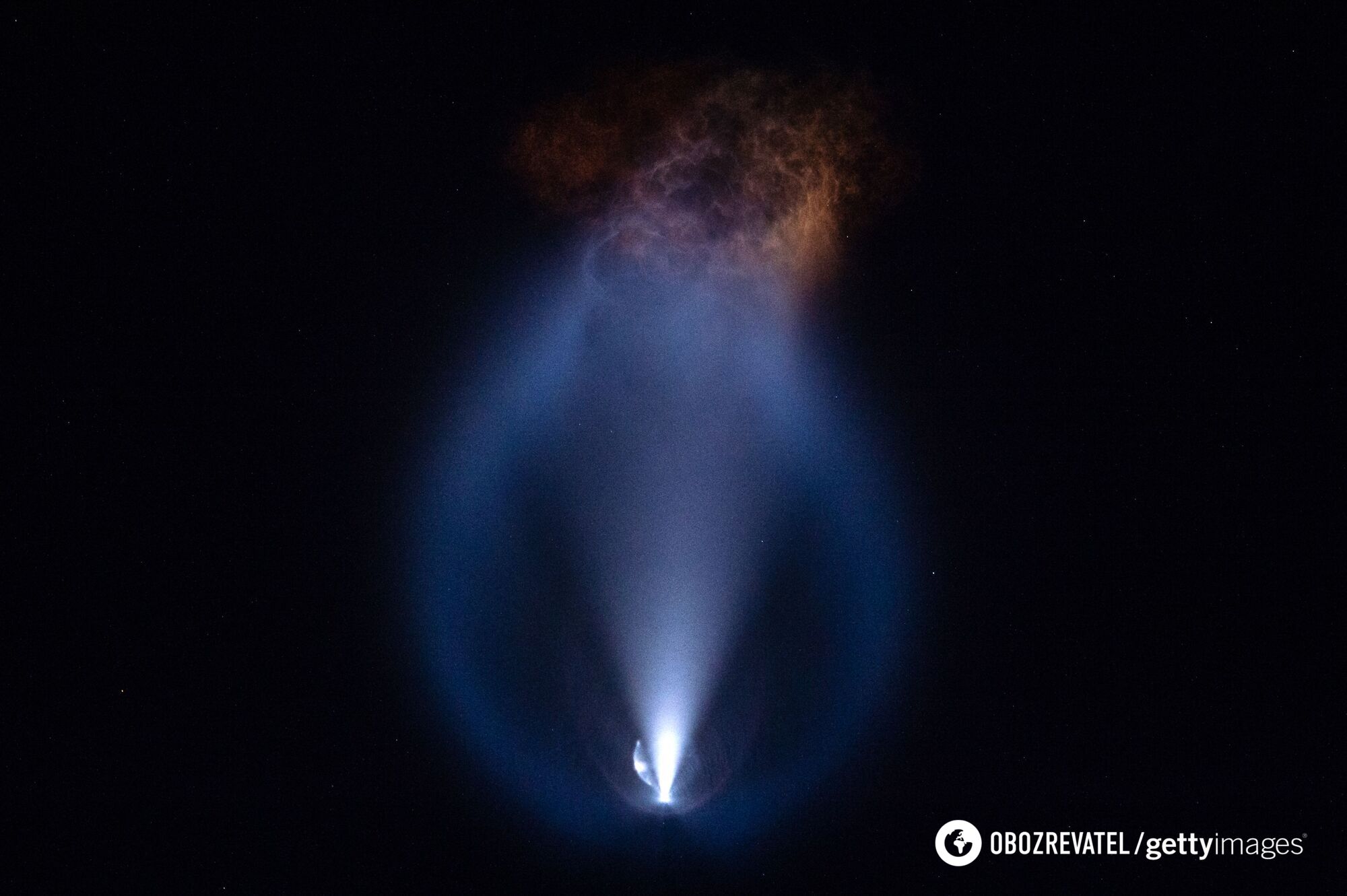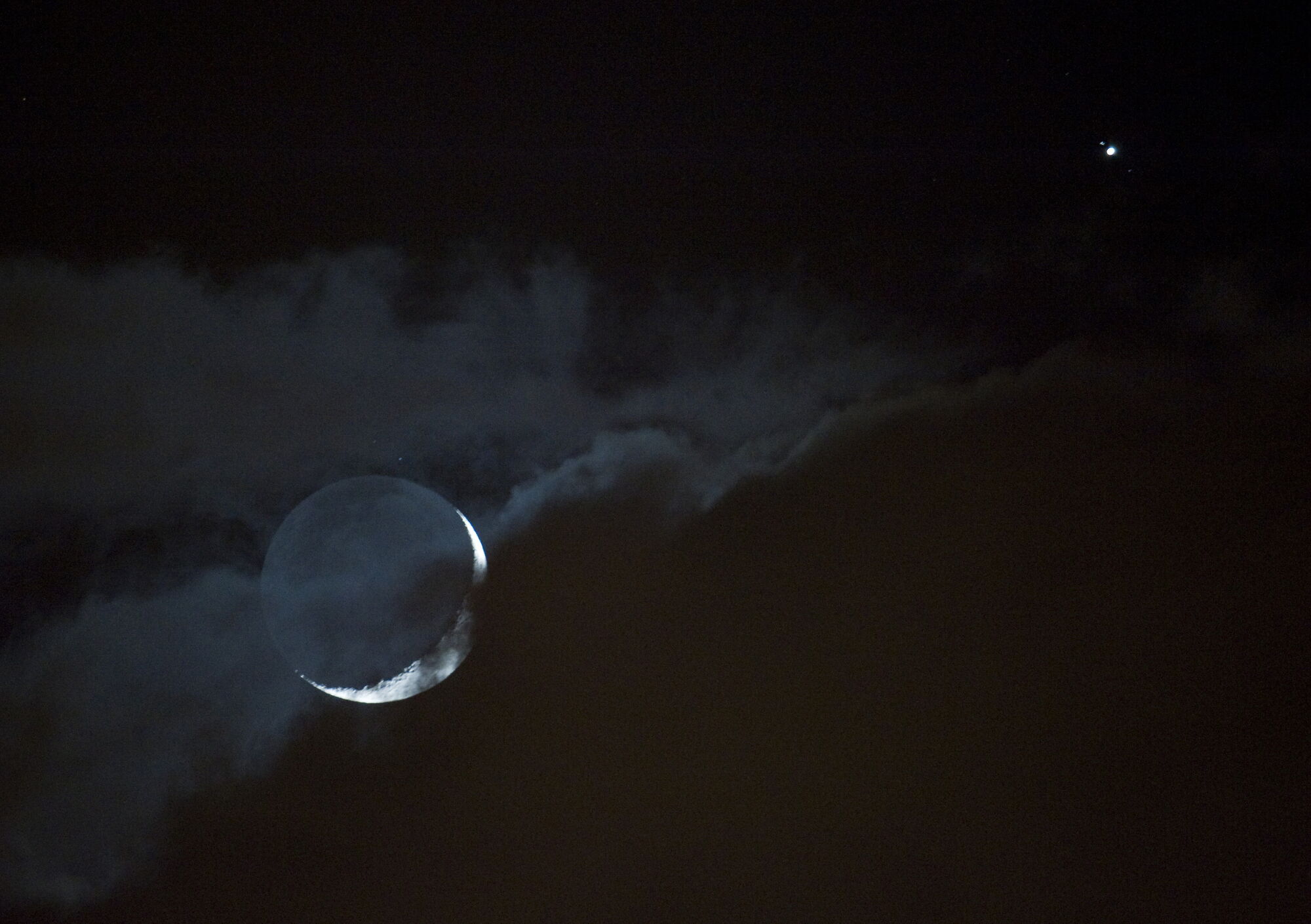Life
If you think you've seen a UFO, think again: here's what it could really be
For the most part, UFO sightings around the world usually turn out not to be encounters with anything extraterrestrial at all, but rather observations of something man-made or a natural phenomenon. Even the Pentagon admits that 650 UFO reports turned out to be pacifiers.
Jonathan McDowell, an astrophysicist at the Harvard and Smithsonian Institutes' Center for Astrophysics, who is often reported on social media, explained to Popular Science what people can actually see when they talk about alien craft in the sky.
"I get a lot of questions through social media and emails, and sometimes calls from random people who have seen something strange in the sky," McDowell said.
According to him, about 90% of such conversations go something like this: "Is that space debris, Jonathan? No, it's just a meteor because it exploded in just two seconds. Or: "Is that a UFO? No, it's a Falcon 9 rocket launch. "Are they aliens? Well, it depends on where you think Elon (Musk - Ed.) is from."
He also noted that the problem often lies in people's inability to understand "how far something is" from them. For example, an insect moving nearby can be confused with something much more distant, or a shining light can seem close, although it is actually Venus, which is millions of kilometers away.
At the same time, he says that even professionals can get confused. For example, from time to time a satellite or spacecraft is mistaken for a new asteroid because the speed at which it moves across the sky while in a very high orbit around the Earth is "similar to the speed of an asteroid orbiting the Sun."
"There have been many cases where an object has been detected by asteroid observatories, given a temporary asteroid designation, and then started to maneuver. And we say: "Oh, this is probably not an asteroid," he said.
The scientist also explained what is most often mistaken for a UFO in the sky.
Rocket launches
When a rocket reaches space, its exhaust can lose its usual linear shape, creating, under certain conditions, an otherworldly sight. This occurs about two minutes after launch, when the rocket has passed most of the Earth's atmosphere and is in less dense air. As a result, its exhaust plume can reach hundreds of kilometers, forming bizarre shapes, sometimes resembling jellyfish.
"People are much less able to recognize them as rocket plumes, and they are often reported as UFOs," the scientist explained.
Also, bizarre sights are formed when rockets are turned off and restarted in space, or release their remaining fuel.
At such moments, the ejected large cloud of gas forms ice crystals that reflect sunlight. This creates large clouds that look like comets moving across the sky.
One of the similar cases occurred in 2009, when spiral geometric patterns formed in the sky over Norway, which led to rumors of an alien invasion.
Spacecraft and satellites
Another category of space objects that are often mistaken for UFOs are the Starlink satellites, which McDowell says "really scare people."
SpaceX launches its Internet satellites into orbit in packs of 22 to 60 pieces. As of September 2023, there are more than 4,700 of them in orbit. After launching, Starlink satellites take several weeks to completely separate from each other and move into their operational orbits, and in the first days of flight, they can reflect the Sun and create a long, bright, and straight line in the sky.
"They march across the sky in this line like little children coming home from school. They are close enough to each other that they cannot be distinguished as separate points. Even if you see them individually, when they march across the sky as 20 different objects, it certainly looks like an alien invasion," McDowell explained.
The return of satellites, spacecraft, or space debris to Earth can also look quite strange.
"If you see a bright object in the sky that is disintegrating, it could be one of two things: a natural meteor, or a piece of space debris reentering the atmosphere."
The key difference, he said, is that meteors fly across the sky rather quickly and then disappear. A de-orbiting satellite or other debris will be made up of several pieces that cross the sky as it disintegrates over time.
Another false UFO is the return of a spacecraft such as the SpaceX Crew Dragon.
"It's more like a fireball, like a natural meteor, except it lasts a lot longer," McDowell explained.
Celestial objects
The last type of object McDowell often hears about are natural objects that are very, very far away, such as Venus. He estimates that before DVRs and cell phones began to capture meteors, space debris, and the like, this planet was responsible for about half of all UFO reports.
"Venus is a classic UFO," the scientist jokes.
The most common false observation occurs when very weak, high clouds move at night, and this movement in the foreground can deceive human perception. So the observer has the feeling that a bright light - in this case, a planet - is moving across the sky, although it is actually the clouds that are moving.
Sometimes ordinary comets are also confused with UFOs.
"People aren't used to seeing comets, so if they haven't heard about a bright comet on the news, they might think it's a UFO," he explained.
Instead, McDowell rarely hears about the International Space Station being confused with an alien craft.
"I think it's just because the number of times the ISS flies over you is relatively small. For some reason, people don't seem to be too concerned about it," he summarized.
As OBOZREVATEL previously reported, during a hearing in the US Congress, whistleblowers said that the Pentagon has intact UFOs and evidence of the existence of aliens.
Subscribe to OBOZREVATEL's Telegram and Viber channels to stay up to date with the latest developments.


